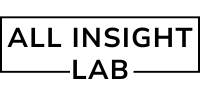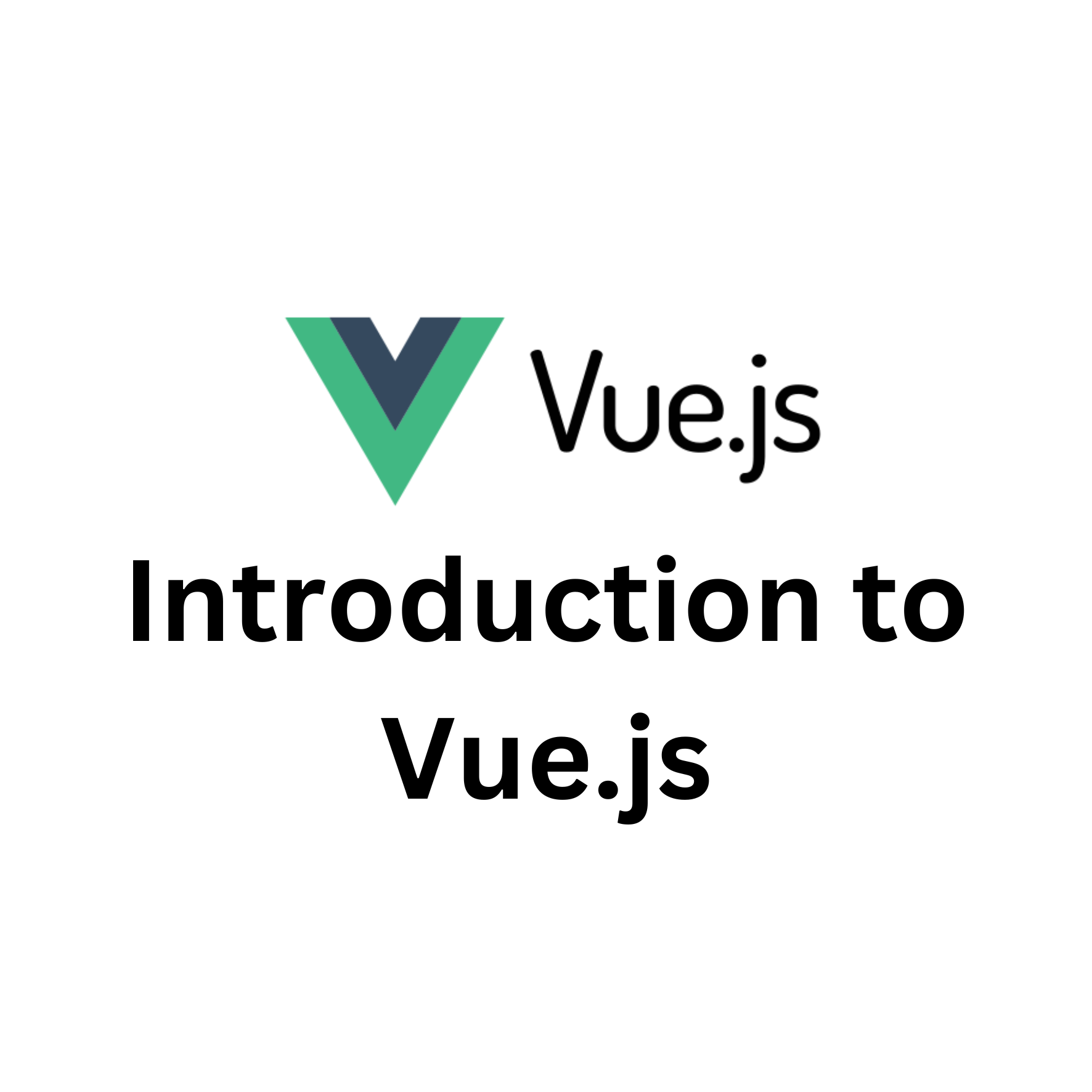Learn the basics of Vue.js with this beginner’s guide. Explore key features like data binding, Vue components, and how to set up a Vue project. Perfect for beginners, this tutorial also includes common Vue.js interview questions and answers to help you ace your next job interview.
Are you curious about web development and how websites are made interactive? If yes, then you’ve probably heard of Vue.js! But don’t worry if you’re new to it. This blog will walk you through the basics of Vue.js, so even if you’re just starting out, you’ll be able to understand it.
Table of Contents
What is Vue.js?
Imagine you are building a Lego model, and you have all these pieces (like bricks) that you need to put together to make something cool. Vue.js is like the instructions that help you put those Lego bricks in the right place to build a perfect structure. In web development, Vue.js is a JavaScript framework that helps you build websites or web applications easily and quickly.
It’s called a “framework” because it provides a set of tools and rules that make it easier to organize your code and create interactive websites. And the best part is that Vue.js is simple and easy to learn, making it perfect for beginners.
Key Features and Benefits of Vue.js
- Easy to Learn: Vue.js is like a friendly teacher who explains everything in simple steps. It has clear and understandable documentation, so even if you’re new to coding, you’ll have no trouble getting started.
- Reactive Data Binding: This means that if you change something in your code, like a number or a text, the website automatically updates without you needing to do anything extra. It’s like magic!
- Component-Based: Imagine breaking your toy into small parts like wheels, doors, and windows. Vue.js helps you do that with your code by breaking it down into smaller pieces called components. These components are reusable, so you can use them in different parts of your application.
- Great Performance: Vue.js is fast! Your website will load quickly and run smoothly, which is important for keeping your users happy.
- Flexibility: Whether you’re building a small app or a big one, Vue.js can handle it. You can use just a little bit of it or use it for an entire project. It’s very flexible.
Setting Up a Vue Project
Now that you know what Vue.js is and why it’s awesome, let’s see how you can set it up on your computer to start building your own projects.
Step 1: Install Node.js
First, you need to make sure you have Node.js installed on your computer. It’s like a toolbox that will help you work with Vue.js. Go to Node.js website and download the latest version.
Step 2: Install Vue CLI
The Vue CLI (Command Line Interface) is a tool that helps you create and manage Vue.js projects. Open your terminal (or command prompt) and type:
npm install -g @vue/cli
This command will install Vue CLI on your computer.
Step 3: Create a New Project
Once Vue CLI is installed, you can create a new Vue project. In your terminal, type:
vue create my-vue-app
This will create a new Vue project called my-vue-app. You’ll be asked a few questions about how you want to set it up. You can choose the default settings to make it easier.
Step 4: Start Your Project
After your project is created, go to the project folder:
cd my-vue-app
Then, to start the project and see it in action, type:
npm run serve
This will launch your Vue project, and you’ll be able to see your new website in your browser.
Understanding Vue.js Data Binding
Data binding is a concept that allows the website to automatically update whenever the data changes. Vue.js makes this really easy with two types of data binding: one-way and two-way binding.
One-way Data Binding
One-way data binding means that data flows in one direction — from the JavaScript code to the webpage. So if you change something in your code, the webpage updates automatically, but you can’t change the data directly from the webpage.
For example, in Vue.js, you can use the v-bind directive to bind data to an element, like this:
<img v-bind:src="imageSource" />
Here, v-bind:src binds the imageSource variable from your JavaScript code to the image’s src attribute. If you change imageSource in your code, the image automatically updates!
Two-way Data Binding
Two-way data binding means that data can flow both ways: from the code to the webpage and vice versa. So, if you change something in the webpage, it also updates the data in your code. This is useful when you want to collect user input, like from a text box or a form.
Vue.js uses the v-model directive for two-way data binding:
<input v-model="userInput" />
Here, v-model binds the userInput variable in your JavaScript code to the input field. If the user types something in the input box, the userInput value updates in your code automatically!
Interview Questions and Answers
If you’re preparing for an interview where Vue.js is part of the technical stack, here are some common interview questions and their answers:
1. What is Vue.js, and why would you choose it over other JavaScript frameworks?
Answer: Vue.js is a progressive JavaScript framework used to build interactive web applications. It’s lightweight, easy to learn, and flexible. Unlike other frameworks like Angular or React, Vue.js offers a gentle learning curve and allows developers to incrementally adopt features as needed.
2. Explain the concept of two-way data binding in Vue.js.
Answer: Two-way data binding in Vue.js allows synchronization between the model (JavaScript data) and the view (HTML). When data in the model changes, the view is updated automatically, and when the user interacts with the view (e.g., typing in an input field), the model data is updated as well. This is implemented using the v-model directive.
3. What are Vue components, and how do they help in structuring an app?
Answer: Vue components are reusable pieces of code that encapsulate HTML, JavaScript, and CSS in a single file. They help in breaking down an application into smaller, manageable sections. Each component can have its own logic and style, making the code more modular and easier to maintain.
4. How do you handle state management in Vue.js?
Answer: Vue.js uses Vuex for state management. Vuex is a centralized store that allows you to manage and share state across all components in your application. It follows a Flux-like architecture and consists of state, mutations, actions, and getters.
5. What is the Vue CLI, and how does it help in setting up Vue.js projects?
Answer: The Vue CLI is a command-line interface tool that helps developers quickly set up Vue.js projects. It provides project templates, configures build tools like Webpack, and simplifies tasks such as running development servers, building the project, and testing.
6. What is the v-bind directive in Vue.js?
Answer: The v-bind directive in Vue.js binds an attribute to a value in the Vue instance. For example, v-bind:href="url" will dynamically set the href attribute to the value of url in the component’s data.
7. How would you implement forms in Vue.js and handle form submission?
Answer: Forms in Vue.js are often handled using the v-model directive for two-way data binding. To handle form submission, you can use the @submit.prevent event listener to prevent the default form submission and call a method to handle the form data.
8. What are Vue.js lifecycle hooks, and how do you use them?
Answer: Vue.js lifecycle hooks are methods that allow you to run code at specific stages of a component’s life (e.g., creation, mounting, updating, destruction). Examples include created(), mounted(), and destroyed(). These hooks are useful for tasks like fetching data or cleaning up resources.
9. What are the key differences between Vue.js 2 and Vue.js 3?
Answer: Vue.js 3 introduced significant improvements such as better performance, the Composition API for more flexible and reusable logic, improved TypeScript support, and enhanced reactivity with Proxy.
10. What is Vuex, and how do you use it for state management in Vue?
Answer: Vuex is the state management library for Vue.js applications. It helps manage and share the application’s state across components. It uses a central store to hold the state, and the state can only be mutated by committing mutations or dispatching actions.
Companies that Ask Vue.js Related Questions in Interviews
Several companies hire developers who are familiar with Vue.js. Here are some well-known companies that often ask Vue.js-related questions in interviews:
- Alibaba
- GitLab
- Netflix
- Adobe
- Upwork
- Square
- Zendesk
- Trello
These companies value the flexibility and ease of use that Vue.js brings to their web development projects.
Conclusion
Vue.js is a fantastic JavaScript framework that makes building interactive websites easier and more enjoyable. It’s beginner-friendly, powerful, and has a huge community of developers ready to help. By understanding the key features, setting up a Vue project, and learning about data binding, you’re well on your way to becoming a Vue.js expert! Happy coding!

